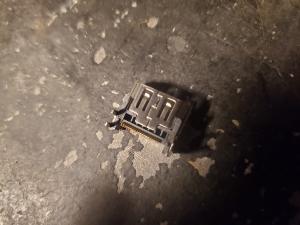
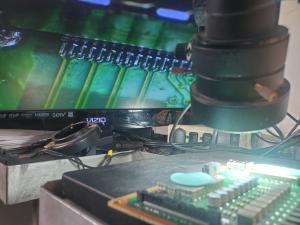
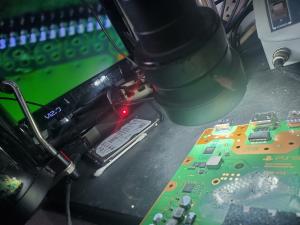
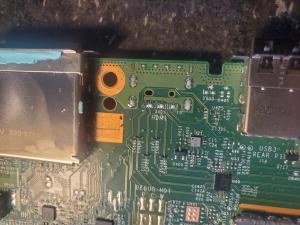
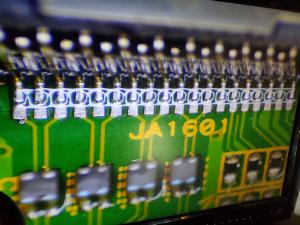
General HDMI Port Repair Repair for Motherboard Rework
Most rework on motherboards today is on the micro-scale. HDMI ports are no different. Most pins of an HDMI port are about 0.2 mm apart and require careful precision to rework. Some HDMI ports are harder than others to install, due in part to the physical attributes of the PCB design and the port placement.
Our HDMI Port Replacement Quality
Size:
The bigger the size of the pads, the easier it is to reflow them. However, larger pads also increase the risk of bridging when reworking manually.
Material:
We have found that copper pins work best for HDMI ports. Other materials tend to have higher melting temperatures and can cause increased thermal stress to the board. Some materials are too brittle for reflowing and must be installed manually.
Design:
Some HDMI ports are designed to be pick-and-place friendly, while others are not. Design differences—including special etching and pad layout—determine whether a port is better suited for manual rework or remanufacturing.
Board Damage:
Prior repair attempts or tech errors can cause additional damage to the board. We do our best to correct these issues during our rework process.
Ripped Pads:
Sometimes, an attempted repair can cause further damage, such as ripped pads due to excessive heat or improper flux usage. We’ve successfully repaired many such issues by running new traces from the pads to their outputs.
Table of Contents
- Our HDMI Port Replacement Quality
- Size
- Material
- Design
- Board Damage
- Ripped Pads
We repair most of today’s HDMI ports across a variety of electronics. For more details on our replacement services, please review the links below:
Any motherboard with an HDMI port that is soldered on can be removed and replaced. For motherboards that we do not carry parts for, you can provide your HDMI port for installation.
Repair Price:
$0.00or Contact Us with questions
Issue Photo Gallery
Ready to Fix Your Motherboard Rework's General HDMI Port Repair?
Our expert technicians are ready to help. Get started with our easy online repair process.
Start Your Repair Now